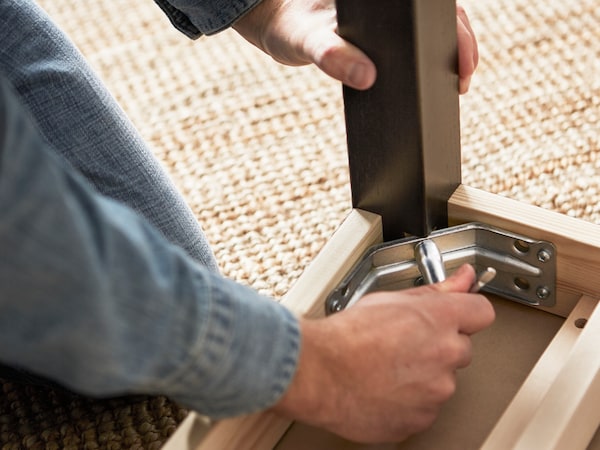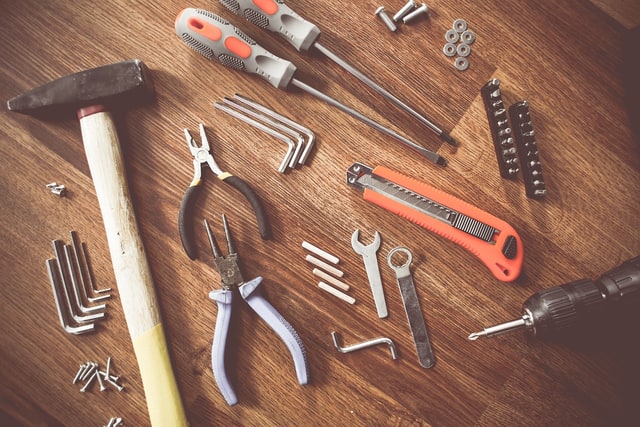Password Recovery
To recover your password please fill in your email address
Create an Account
Please fill in below form to create an account with us
Good Morning!
Let's make today a great day!

Furniture assembly can be a bit daunting, but with the right approach and some helpful tips, you can make the process smoother and more efficient. Here are some suggestions to help you with furniture assembly;
1. Read the Instructions: Before you start assembling any furniture, carefully read through the manufacturer's instructions. This step is crucial to understanding the assembly process and ensuring you have all the necessary tools and components.
2. Organize the Components: Lay out all the components, screws, bolts, and other hardware in an organized manner. This will help you easily locate the parts you need and prevent confusion during the assembly process..
3. Gather the Right Tools: Ensure you have all the tools you need before you begin. Common tools might include screwdrivers (both flathead and Phillips), a hammer, a rubber mallet, pliers, and an Allen wrench (hex key). Some furniture sets might require specific tools, so check the instructions..
4. Clear the Space: Clear the area where you'll be assembling the furniture. Having a clutter-free and well-lit workspace will make the process more comfortable and reduce the chances of misplacing small components..
5. Group Similar Parts: Group similar parts together based on their sizes and shapes. This will make it easier to identify the correct parts and follow the instructions step by step.
6. Follow the Steps Sequentially: Assemble the furniture step by step, following the instructions provided. Avoid skipping ahead or trying to assemble parts out of order, as this can lead to mistakes and frustration.
7. Double-Check Orientations: Pay attention to the orientation of components, such as attaching pieces with the correct side facing up or the right end facing out. This can prevent the need to disassemble and reassemble later.
8. Tighten Bolts and Screws Gradually: When attaching bolts and screws, tighten them gradually and evenly. Avoid overtightening, as this can strip the threads or damage the material. Once the furniture is fully assembled, you can go back and tighten everything more securely if needed.
9. Get Help if Needed: Some furniture pieces can be heavy or require awkward maneuvers. Don't hesitate to ask a friend or family member for assistance when lifting and positioning large parts.
10. Be Patient: Furniture assembly can take time, especially if it's a larger or more complex piece. Take breaks if you need to and avoid rushing through the process, as this can lead to mistakes.
11. Check for Stability: Once the furniture is assembled, give it a gentle shake or push to ensure it's stable and properly put together. If anything feels loose or wobbly, double-check the assembly and tighten any loose components.
12. Keep Spare Parts: Manufacturers often provide extra screws, bolts, and other small parts. Keep these spare parts in case you ever need replacements in the future.
furniture assembly can be a satisfying DIY project, but it's important to follow the instructions carefully and take your time. If you find yourself struggling with a particularly complex piece, consider reaching out to professional assembly services or seeking advice from friends or online forums.
